It Can Be a Multiple-Choice Question: Preservation of Cultural Heritage and Community Coexistence
Under the wave of urban modernization, industrial structures and lifestyles are changing rapidly. Former fields, railways, old factories, and historic buildings often become inevitable casualties in the development process, relegated as leftovers of a bygone era. In fact, these historical spaces are not only tangible traces of human interaction with the land but also important foundations for establishing a sense of place, showcasing the unique story of each city.
As part of National Heritage Day, X-Basic Planning was invited by the Kaohsiung City Bureau of Cultural Affairs to organize the first event of the ‘Good City Talks’ cultural heritage promotion series, inviting Professor Lin Hsiao-wei from Department of Landscape Architecture, Chung Yuan Christian University to the 8deroad Café to speak on the topic ‘It Can Be a Multiple-Choice Question: Preservation of Cultural Heritage and Community Coexistence,’ discussing the possibilities of sustainable local development through preservation and revitalization of cultural heritage. Professor Lin Hsiao-wei has been dedicated to the integration, promotion, and research of Taiwan’s cultural routes for many years. In this lecture, she analyzed the value of industrial cultural heritage (industrial heritage) and shared actual cases of revitalization from both domestic and international sources, exploring the connections between contemporary cities and cultural heritage.
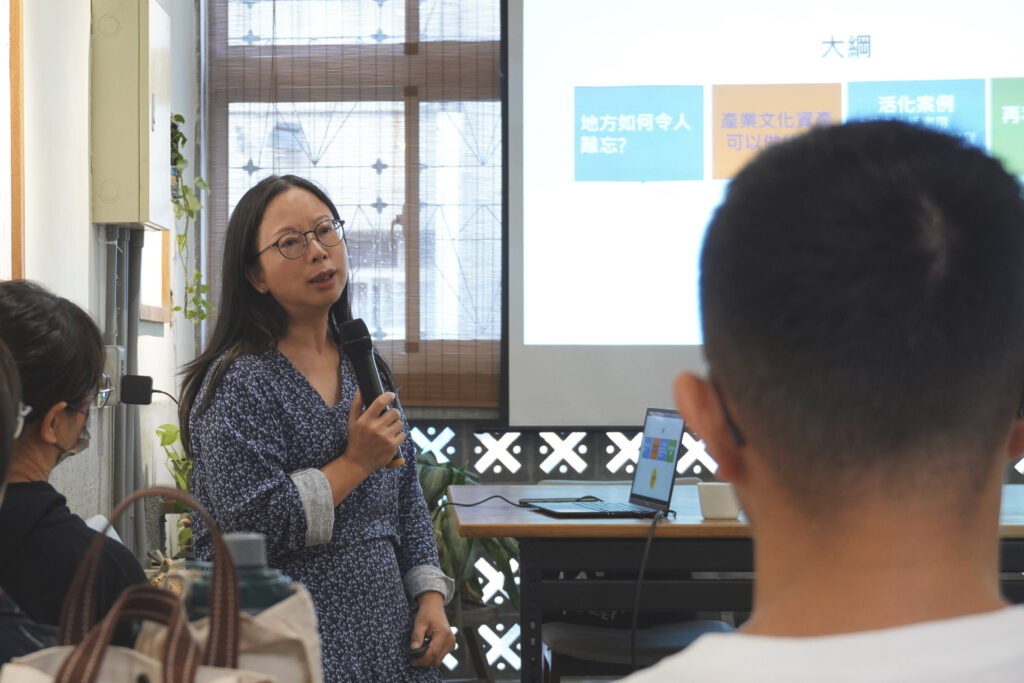

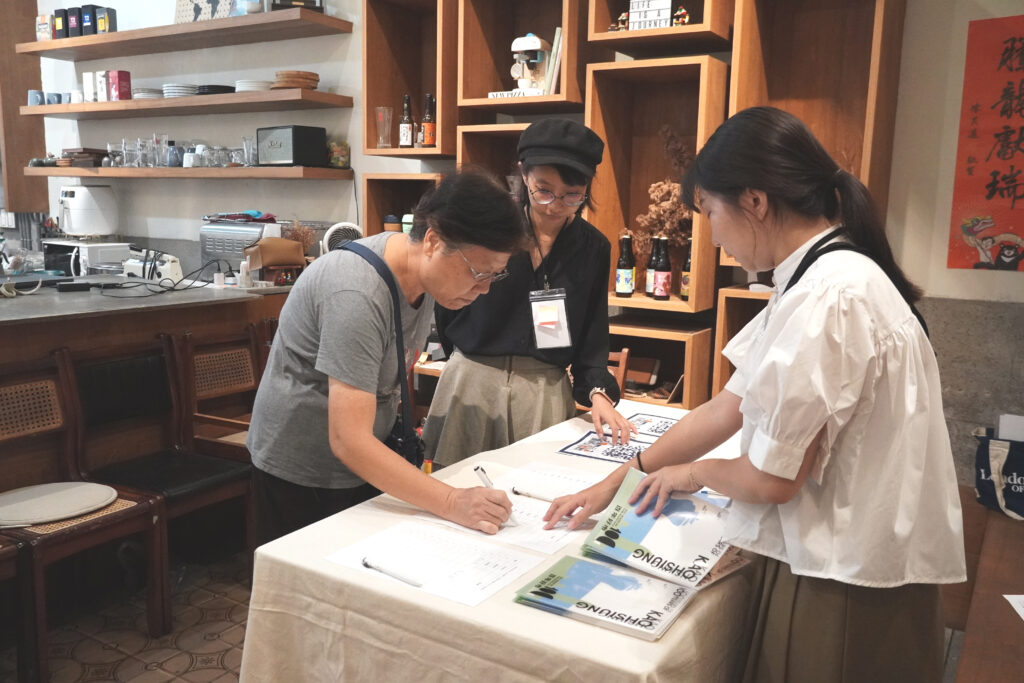
Industrial Cultural Heritage Buried in the Roots of the City
Looking back at the history of cultural heritage preservation and regional development, since the establishment of the ‘Venice Charter’, the international perspective on the restoration of monuments has gradually shifted from single-building, nostalgic approaches to regeneration strategies for entire historic districts and settlements in contemporary society. Inspired by this trend, the Taiwanese government promulgated the ‘Cultural Heritage Preservation Act’ in 1982, with subsequent amendments incorporating the ‘cultural landscape’ category, expanding preservation concepts to a broader range of historical resources. The industrial cultural heritage surveys that began in the 1990s further drove subsequent actions such as the ‘Industrial Cultural Heritage Regeneration Project’ and ‘Industrial Cultural Route Initiative’, gradually connecting various industrial sites across Taiwan including sites of mining, forestry, salt, sugar, and alcohol industries and spaces used for harvesting, processing, and living, constructing historical landscapes suitable for ‘storytelling’.
‘The value of industrial cultural heritage lies in embodying the context of a group of people’s collective production and life.’ Professor Lin Hsiao-wei used Yunlin’s Huwei Sugar Factory as an example, explaining how the sugar factory as a processing area is closely related to the surrounding sugarcane fields that produce raw materials, the narrow-gauge railways that transport sugarcane, the dormitory areas where employees lived, and public facilities such as hospitals, barbershops, and parks established around the sugar factory settlement. Through systematic preservation, interpretation, and connection, this approach not only raises interest among those concerned with related topics about the land, but also attracts revitalization energy into local areas, promoting sustainable regional management and regeneration.
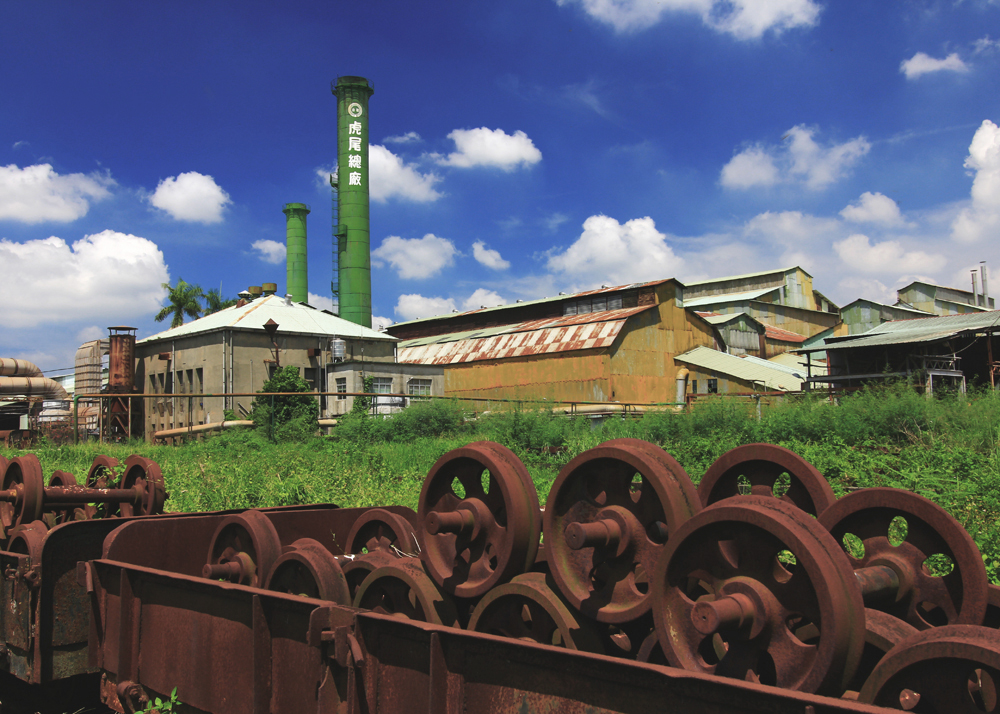
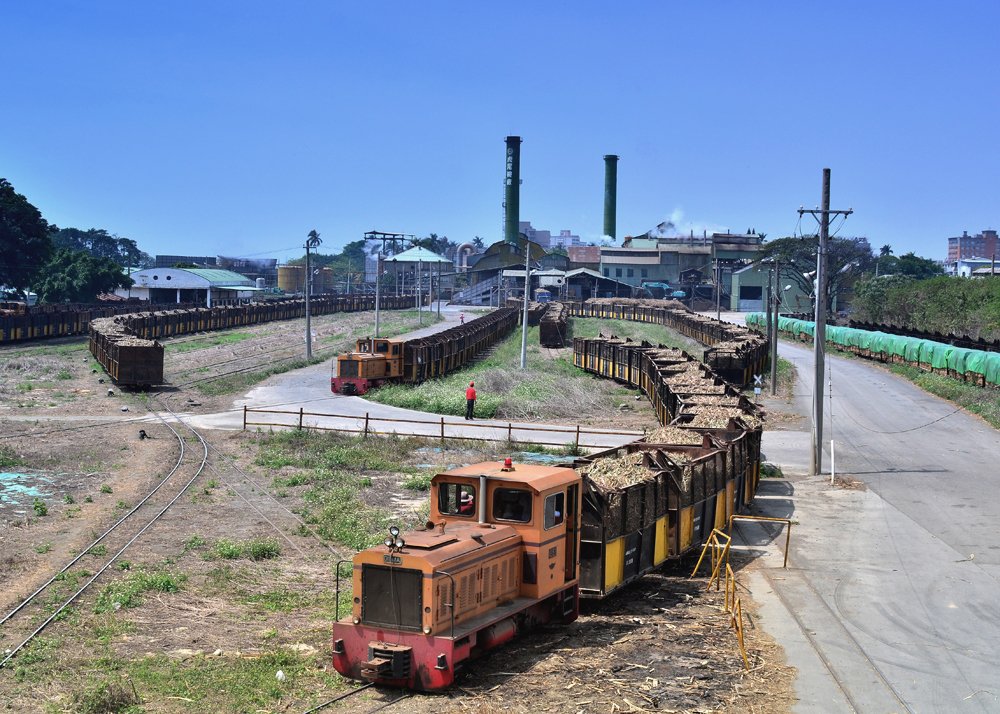
Yunlin’s Huwei Sugar Factory is the only remaining sugar factory in Taiwan that still transports sugarcane by sugar railway, with its unique narrow-gauge train landscape becoming a highlight for local tourism. (Image source: Taiwan Sugar Corporation)
Cases of Industrial Cultural Heritage Regeneration

Professor Lin Hsiao-wei pointed out that current domestic and international industrial strategies for preservation of cultural heritage have not only moved from single-point preservation to network connections, but also frequently involve public-private partnerships, integrating historical value with cross-disciplinary expertise, and utilizing diverse cultural business models to operate spaces—one representative case is Germany’s ‘Cultural Brewery (KulturBrauerei)’. Beyond encompassing 43 ice cellars, 19 bars, numerous railway carriages and horse-drawn carriages in its massive complex, Germany’s Cultural Brewery became the world’s leading pale beer brewery in terms of scale and production in the 1920s, making it a representative example of 19th-century industrial architecture.
After ceasing production in 1967, the vacant brewery was occupied by local arts organizations and youth activity groups, which activated the space through community efforts. These local groups later formed the ‘Cultural Brewery Association’, which transitioned to corporate management, collaborating with government agencies and the trust company that took over the brewery to jointly promote the brewery’s cultural and commercial development. The regenerated Cultural Brewery not only provides venues for arts performances and meets citizens’ living needs, but also maintains its original ‘beer culture’ through spaces like an industrial museum and beer garden, preserving the brewery’s core values in the contemporary urban setting.
The second example is the ‘New Lanark Village’ in the United Kingdom. This industrial settlement, established in 1785, manufactured cotton textiles for nearly 200 years and was designated as a World Heritage Site in 2001. During this period, social reformer Robert Owen took over operations and implemented a series of welfare systems in the small village, such as shortened working hours, prohibition of child labor, and provision of education and medical services, illuminating the industrial settlement with humanistic utopian thinking.
Under the influence of the Industrial Revolution, New Lanark industrial village declined gradually, and after production activities ceased, it faced the threat of demolition. It wasn’t until 1974 that the New Lanark Conservation Trust was established with the goal of preserving and regenerating the industrial area. Beyond restoring and repurposing old buildings, the Trust also introduced sensory experiences, diverse housing, and educational functions to the village, operating the space as an ‘on-site museum’. People can learn about the historical water-powered spinning technology, enjoy ride attractions to experience the spatial atmosphere of the 1820s, and even choose to live locally, immersing themselves in mountain village life beside the river valley.

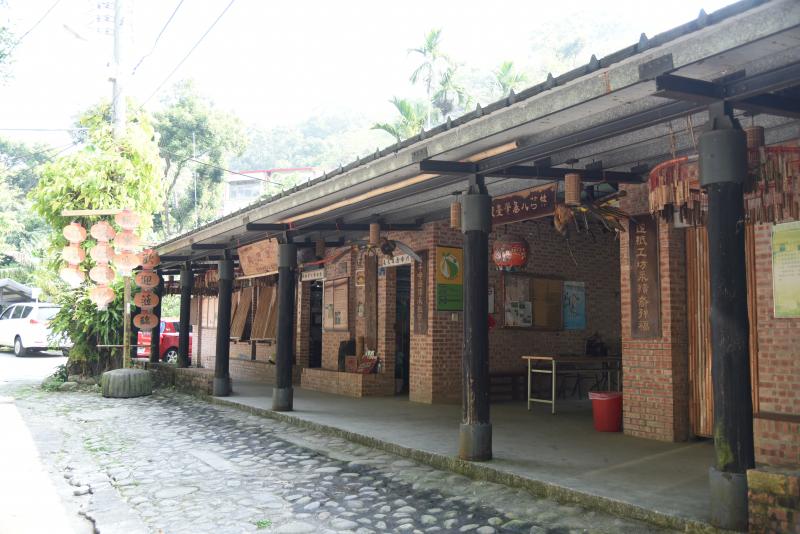
The ‘Zhiliaowo Papermaking Settlement’ in Xionglin Township, Hsinchu County, Taiwan, developed exquisite handcrafted bamboo papermaking techniques since the Qing Rule Period, adding to the prosperity of the local joss paper industry. However, with the implementation of the Japanization policy in the late Japanese colonial period, Taiwanese folk religions were prohibited, and modern technology brought challenges to the traditional papermaking industry. The Zhiliaowo settlement also faced problems such as vacant industrial spaces and an aging population.
In 2006, Chung Yuan Christian University took initiative to resolve the issue from the perspective of ‘redevelopment of small and medium-sized traditional industrial cultural landscapes,’ considering the possibilities for regenerating settlement spaces like Zhiliaowo. After initial research on industrial technology and history, the team first conducted community empowerment courses to enhance residents’ understanding and recognition of Zhiliaowo’s cultural heritage value, built a ‘Papermaking Workshop’ as a base for the inheritance of skills, and used audiovisual media to document and promote local redevelopment issues. The regeneration process, centered on community participation and educational applications, has allowed the Zhiliaowo Papermaking Settlement to revive its traditional techniques and local culture while integrating into modern life, becoming the foundation of local identity.
New Connections Between Contemporary Cities and Cultural Heritage Preservation
In recent years, the Ministry of Culture has promoted the ‘Reconstruction of Historical Sites’ project, driving the preservation and reuse of cultural assets across various counties and cities. In 2016, the Ministry further proposed the concept of ‘Taiwan Cultural Routes,’ connecting related landscapes through themes such as industries and ethnic groups. Drawing from the successful experience of the European Route of Industrial Heritage (ERIH), they introduced systems of anchor points and site points, as well as themed routes, to create thematic cultural experiences.
Currently, Taiwan’s main cultural routes encompass diverse themes such as ‘Thomson, MacKay and Taiwan’s Diverse Ethnic Groups,’ ‘Sugar Industry,’ ‘Mining Industry,’ ‘Forestry Industry,’ and ‘Water Culture.’ Through the integration of resources from different fields, these routes record and translate the footprints left by various ethnic groups across different eras and industries. This not only showcases the rich historical landscape of the island but also creates pathways for the public to gain a deeper understanding of Taiwan’s cultural heritage. As Professor Lin Hsiao-wei concluded, the preservation and revitalization of cultural assets has never been solely the responsibility of government departments or scholars. Only through cross-domain collaborative management can these precious memories and landscapes be preserved for posterity.



